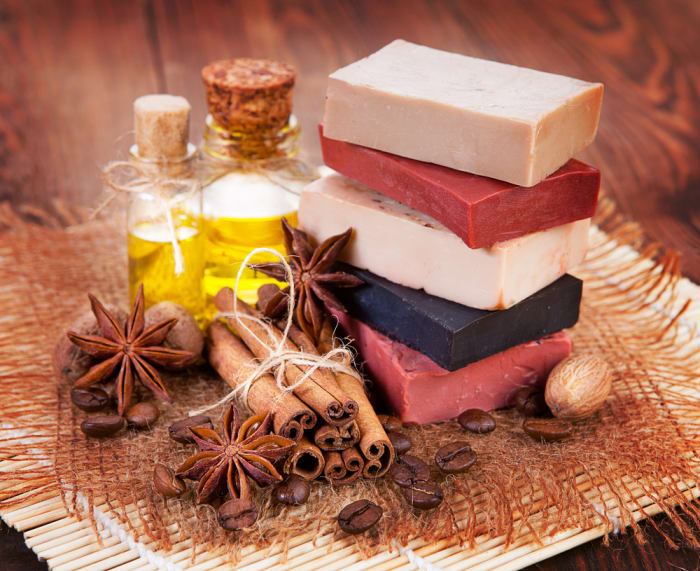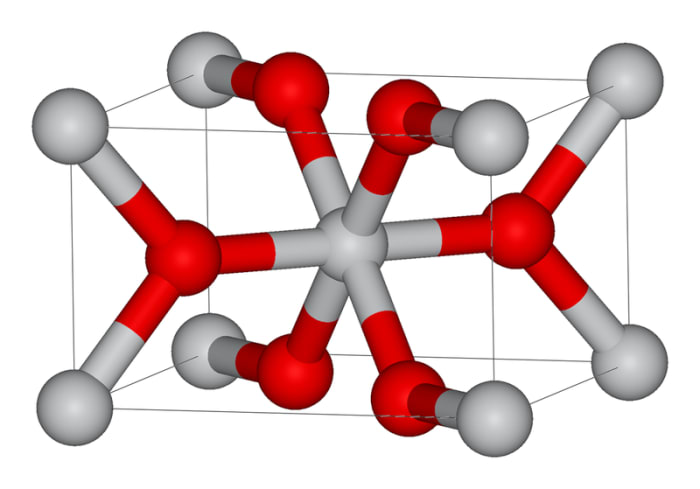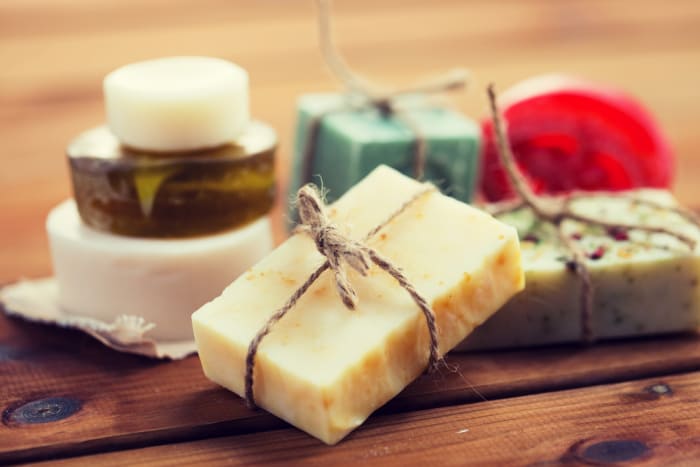How to prepare a soap base
Homemade soap recipes
Soap that you make yourself is much safer than the kind you buy in stores, because you know for certain what goes into it. Additionally, in soap-making your imagination knows no bounds – you can add natural oils, which have a beneficial effect on the skin.

Accordingly, home-made soap is more natural. But if you want to make soap yourself, you should know about the base – the cleaning compound. This article will tell you about how to make a soap base.
Let’s have a look at the different types of soap bases
Soap bases can be divided into hard, liquid and soft types. The first type are used for making classic hard soap, the second are suitable for shampoos, shower gels and so on, while the third are used for making scrubs. If we look at the chemical formula, soaps are sodium salts of fatty acids, which are obtained by the alkaline hydrolysis of fats.
The classic and most common soap base contains the following components:
- distilled water;
- alkali;
- glycerin (a substance which nourishes and moistens the skin);
- surface-active substances (they have the effect of forming a foam and removing dirt);
- essential oils (selected depending on the desired effect from the product).
Soap bases are also divided into transparent, white and organic types. The white base is obtained from titanium dioxide, which is used in the manufacture of decorative cosmetics. Organic soap has a minimal chemical composition.

The ready soap base has practically no smell, so essential oils or perfumed water are added to the soap for scent. The base cools quickly, which makes the work process easier.
Making a soap base at home
Method 1: use ready soap
To make a soap base at home, you can simply use children’s soap. Novice soap-makers often use this method. It’s easier to work with children’s soap from the safety standpoint, but making a product from it is quite hard, because it takes a long time to melt and has a specific smell.
Work procedure
Remember that you shouldn’t work without rubber gloves! Buy children’s soap without dyes or scents, grate it with a grater and melt it in the microwave (30-40 seconds) or in a water bath (from 10 to 30 minutes). The main thing is not to let the soap boil: there shouldn’t be bubbles on the surface of the base. You need to achieve the consistence of liquid yoghurt. Then add liquid to the soap base and remove it from the heat. Then comes the process of adding various oils and molding the soap into shape.
Method 2: make a soap base from scratch
Sometimes we may wonder: how can we make organic soap? You need to learn to make a soap base at home. Although some stores offer a wide assortment of ready bases, organizing the soap-making process yourself is much more interesting. Moreover, you can do amazing experiments and use their results in your everyday life!

You should boil the soap in a well-ventilated room and in special protective clothing, because you’ll be working with alkali, which is very caustic, and it can make your skin turn red on contact, or cause burns and bleeding. So you need to neutralize the alkali.
The following substances neutralize alkali:
-
acetic essence;
-
citric acid;
-
pickle or cabbage brine;
-
juice of sour fruits.
When making soap, don’t use a metallic vessel and don’t stir the mixture with a metal spoon, but use a wooden stick instead. In working with an alkali, pour the chemical into the water, and not the other way around, because it is easy to overdo it with the second method: if you add a lot of alkali, the soap will be crumbly. And the reaction will be very strong. You also won’t make good soap with a little amount of alkali – the base may not thicken. So you need to calculate the amount precisely. Now determine the effect you want to achieve, and prepare the oil basis, weighing the quantity with precise scales.
The soap base should also contain superfat – the oils which help to moisten and nourish the skin. Hard oils melt, and liquid oils are combined with them. Then the alkali solution is added to the oils (the temperature of the oils and alkali should be identical). Carefully stir the mixture. Then place the soap base in a water base and complete the heating process. You can test whether the base is ready by a special pH meter, or you can carefully taste the soap, on the end of your tongue: the base will be ready when it stops stinging your tongue.